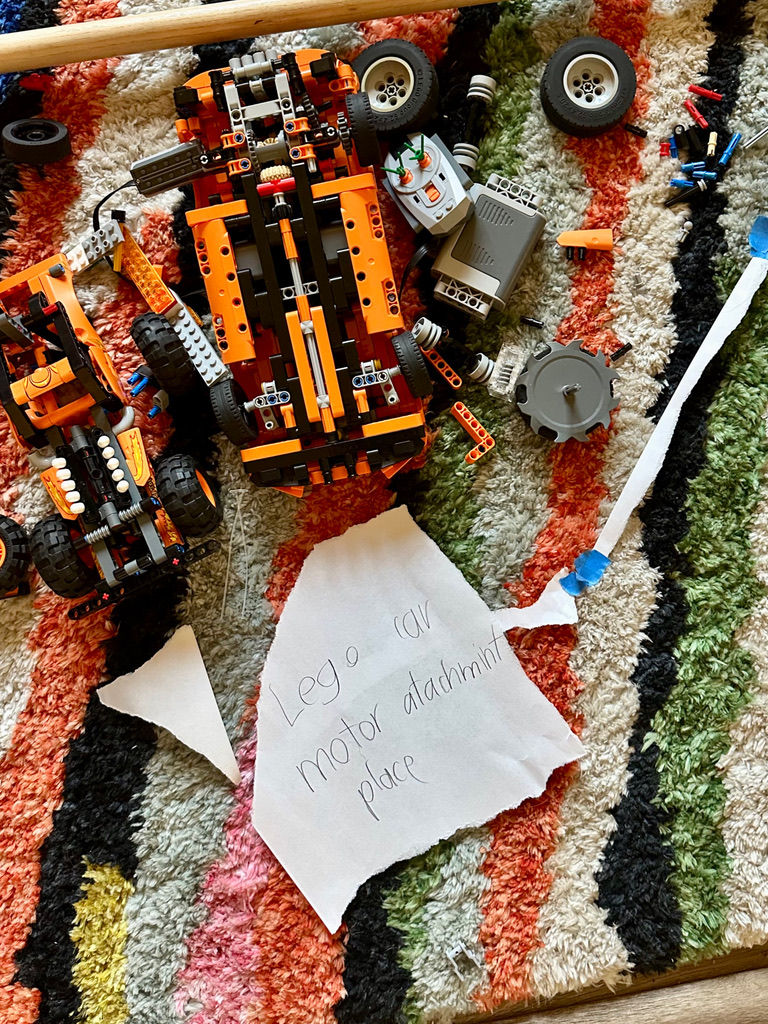The "Real" Rewards and Risks of A.I.
- Antoinette Izzo

- Jun 10
- 3 min read

Moment of truth: I'm annoyed with the amount of A.I. I see in my Linkedin feed. The indicators are not subtle: the "generic robot voice"; the overuse of em dashes; the bullet point structure... I know we all want to be working smarter, not harder, but honestly, I'm tapped out on generic non-substance posing as deep insights.
I’ve been giving a lot of thought to the role of A.I. in who we are and what we do (I mean that at every level—as individuals, collectively as people, and as companies).
It's common parlance that A.I. is meant to augment humans, not replace them, but what does that really mean? We can look at this from at least two different angles: one qualitative, and one quantitative.
Quantitatively, we can ask, “How much of this (document, story, workflow, summary, image, etc.) has been created by a machine, and how much of this was original thought by a human?” We could argue that for things like process, maybe it shouldn’t matter—if a machine is “better” at, or more efficient at, creating a process, organizing or distilling certain ideas, etc., all the better…right? That efficiency is value add! It gives us a competitive advantage.
But if we look through the qualitative lens, we ask a different set of questions. Instead of, “How much of this has been created by a machine, and how much of this was original thought by a human?” we ask, “What’s the deep substance or meaning in this (document, story, workflow, summary, image, etc.)? What’s being communicated in (or by) it, without it being said?” It’s less about the product, outcome, or words being “right,” and more about the energy that can’t be duplicated by a machine. It sounds abstract, but it’s not (or at least not entirely). I’d wager a bet that most of you, most of the time, can tell the difference between A.I.-created, AI-augmented, and human-created, because you feel it. You experience it differently. Humans are feeling creatures, and those feelings impact our decisions, behaviors, and social connections.
When we treat the output or product as the “thing” we’re after—as if getting to the finish line is the purpose of it all—we deprive ourselves of some very real value, because (this is the punchline of this post): there is value in the process of thinking. Again, this is not abstract. Our brain is a muscle, and when we outsource our thinking—the cognitive process that involves manipulating mental representations to solve problems, make decisions, reason, remember, imagine, form concepts—that muscle atrophies.
I use A.I. to help me with a variety of tasks, especially when I’m fresh out of brainpower. But I’m also very aware of the leadership truism that you shouldn’t demand of people what you can’t do yourself, and I think this is something we need to think very deeply about when it comes to A.I.: when are we using it to augment, when are we using it to replace, and more than that… what are we communicating about our values when we choose one or the other?
A.I. is not bad. It’s a tool. Like most tools, it has the ability to amplify human effectiveness. But there are tradeoffs, and we must keep in mind that we are in some ways defined by our choices about those trade-offs. They communicate how we see ourselves, how we show up in human interactions, and how others see us. They are reflections of our values.
How authentic is our work? How authentic are our human interactions? How authentic are we?
When do we prefer (perhaps overly rely upon?) the consistency, “sharpness,” and efficient outputs of A.I. models, as opposed to the unpredictable, messy, spontaneous, nature of real human thinking? What do we sacrifice when we cut out the human process?
I’m leaving this post without a neat and tidy ending. It feels a little “off,” doesn’t it? Perhaps this is part of the point: sometimes there is great value in sitting in the process without trying to force it into a fixed form.


